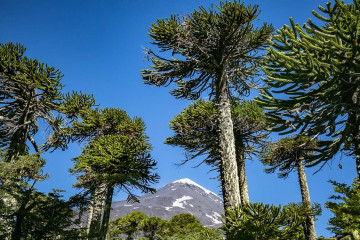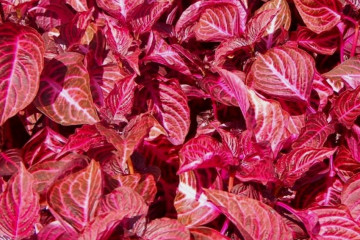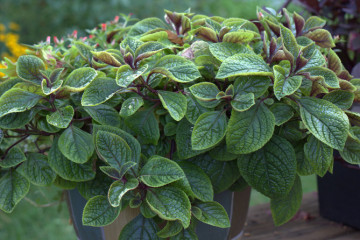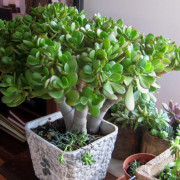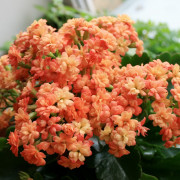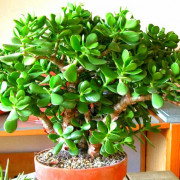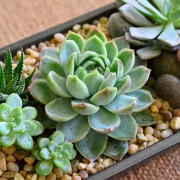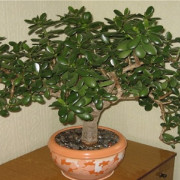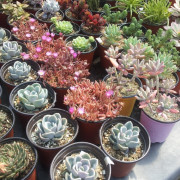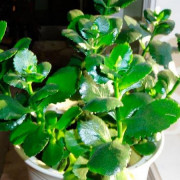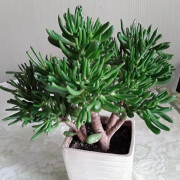Sinadenium Grant: home care and main varieties
Content:
Probably, every experienced florist, if he has not seen the Grant synadenium plant, then at least heard about it. Which is not surprising - caring for him is so simple that even a novice florist can cope with the task. At the same time, the plant is beautiful enough to enliven any apartment or office. But it is worth learning about it in more detail before purchasing, so as not to regret it later.
Main types

The flower looks great
In general, today there are about twenty varieties of plants. And not all of them are suitable for growing at home. But the most popular ones are worth mentioning.
- Synadenium rubra
Quite tall shrub, covered with fleshy, rich green young leaves. But over time, a brown crust appears on them.
The flowers of the plant synadenium grant rubra are rather small, collected in inflorescences, have a dark red, saturated shade. Alas, when grown at home, it blooms quite rarely.
- Burgundy
The most popular is burgundy synadenium. The reason for this is the unusual color of the leaves. Indeed, there are not many plants with pink flowers.
But they do not always remain so - over time, the color darkens, the leaves turn green, and then red spots appear on their surface.

Unusual leaf color
Sinadenium - home care
In order for the plant to feel comfortable, grow actively and delight the owner and others, you need to take proper care of it. Moreover, it is important to immediately pay attention to several factors.
Humidity and watering
In general, the birthplace of the euphorbia plant is Africa. Therefore, he does not have to get used to the dry air. So, regular spraying is not necessary - the flower perfectly tolerates low air humidity. Of course, if you just moisten the leaves, cleaning them from dust, this will not cause the slightest harm to the plant.
But with watering you need to be very careful. On the one hand, lack of moisture leads to drying of the leaves. On the other hand, even a slight excess leads to the fact that the roots begin to rot and the plant simply dies. Therefore, it is very important to adhere to the golden mean - to water a little and not every day, only when the soil on top dries up by 1-2 cm.
Earth mixture
In general, the synadenium is not a very whimsical flower and can grow well in almost any conditions. But the selection of the optimal soil must be taken very seriously.
Experts recommend mixing in equal parts:
- coarse sand,
- peat,
- humus,
- sod land
- brick chips.
The resulting mixture is light and nutritious at the same time. In addition, it easily permits moisture and does not lead to stagnation of water near the root system. It is not surprising that when grown indoors, synadenium grows quite quickly on such soil.
Temperature
In summer, the optimal temperature is +23 .. + 26 degrees - then the plant develops very rapidly.
In winter, it is desirable to lower the temperature to +12 .. + 15 degrees, but not lower than +10 - otherwise the flower may die.
Illumination
In general, good lighting is very important for the synadenium. But at the same time, direct sunlight may well leave burns on the leaves, especially on hot summer days. Therefore, the pot should be placed on the north or east window, or covered with a thin curtain.
Pruning features
Synadenium grows very quickly, so it needs regular pruning. It should be carried out every year, preferably in the middle of spring, shortly before the phase of active growth. Then you can easily form a beautiful and neat crown.
Plant transplant
It is also advisable to carry out this procedure in the spring - best of all in early March. Young plants are transplanted every year, and adults every three years.
There are no difficulties here - you just need to pick up a pot larger than the old one and fill it with a suitable soil.
Reproduction methods
In general, there are two options for reproduction - cuttings and seeds. Each has certain advantages, so you need to know about them.
Stem cuttings
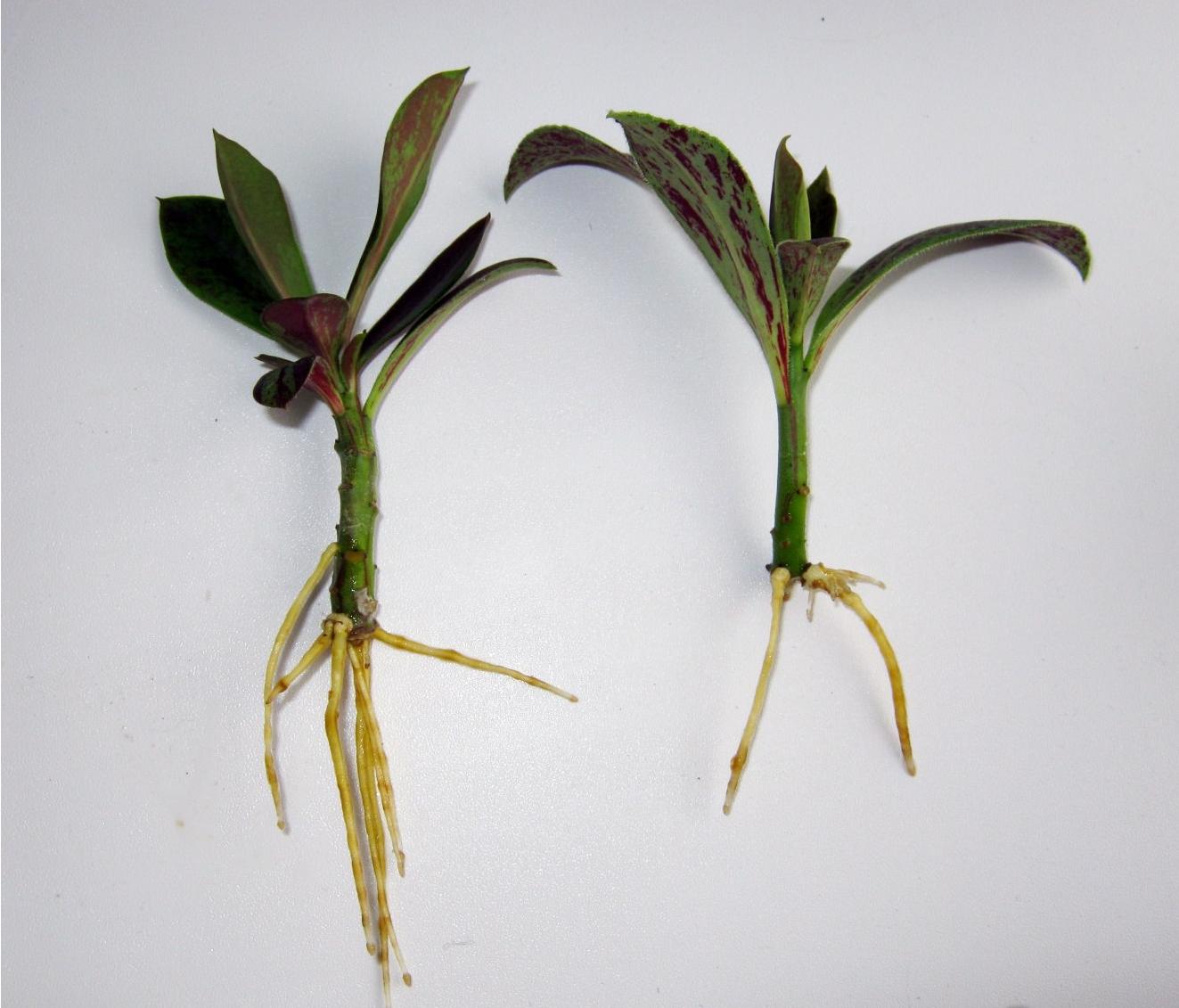
Can be planted in the ground
This method allows you to quickly get an adult, beautiful plant - it saves about a year. It is necessary to carefully cut off a strong, healthy stem about 10-15 cm long and sprinkle the cut with activated carbon for disinfection. It is desirable that it has at least 3-4 leaves - otherwise, the risk increases that the plant will not take root.
After that, it is advisable to leave it for a day in a dark, warm place. After this, the sprout is dipped into a solution of a root development stimulator. When the first roots 2-3 cm long appear, the cutting is planted in a small pot with fertile soil.
Seeds
This option is more affordable - you can buy seeds at any plant store or online. But in this case, the cultivation will take about a year longer.
In early spring, the seeds are soaked in a solution of potassium permanganate for several hours, and then sown in a soil mixture made from sand and earth. From above, the pot needs to be closed with glass or plastic, creating a small greenhouse. Once every few days, the soil is moistened with a spray bottle. When the sprouts grow to 2 cm, they can be transplanted into separate containers.
High plant toxicity
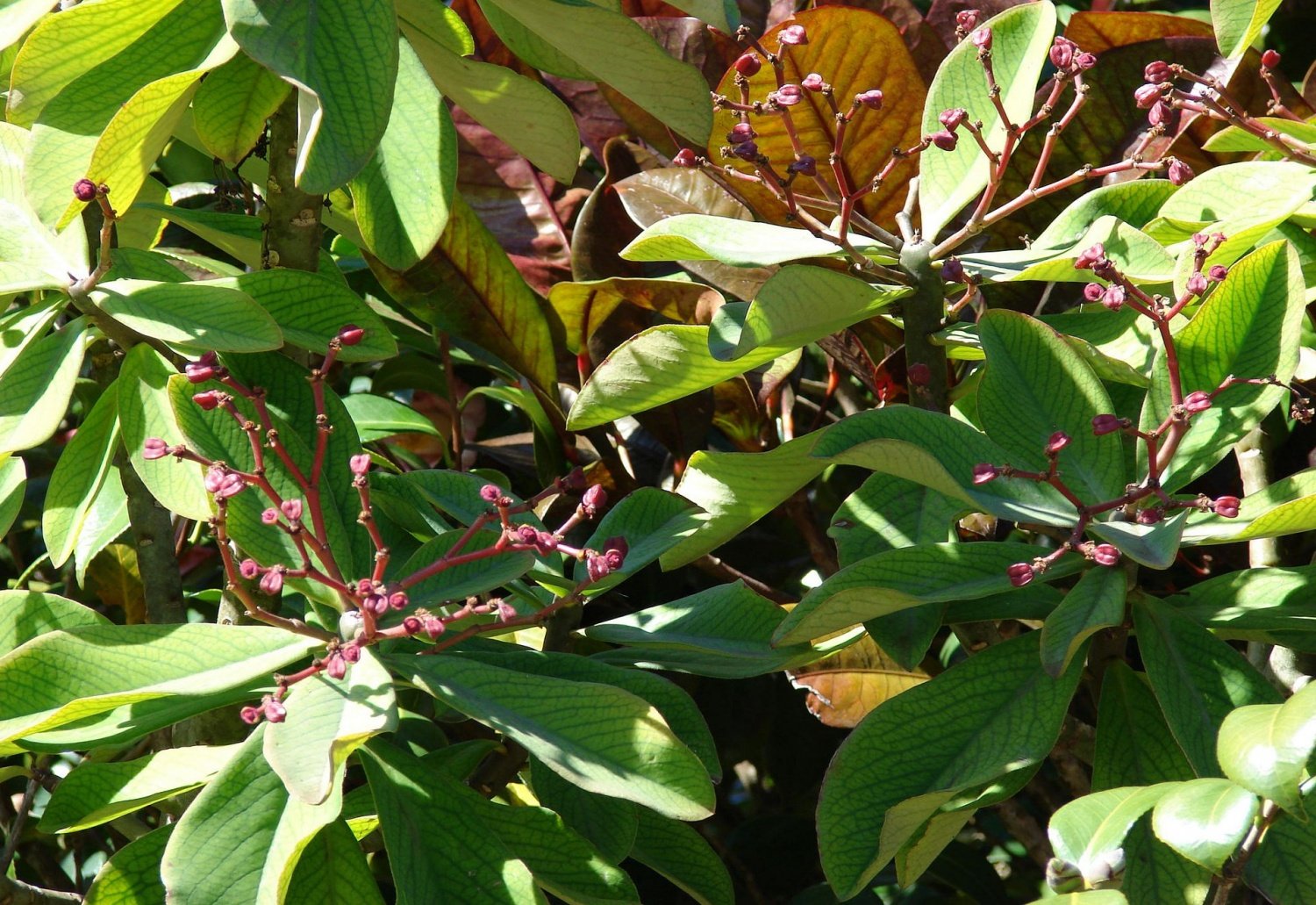
The flowers are not too pretty
When cultivating synadenium, it is worth remembering that this is a poisonous plant. Yes, its juice contains dangerous substances that can cause serious harm.
In contact with the skin, it leaves burns, and in the gastrointestinal tract leads to poisoning. Cases were repeatedly recorded when animals who decided to taste its leaves received fatal poisoning.
Therefore, you should work with it very carefully - when transplanting or, even more so, pruning, you must wear protective gloves, as well as special glasses to prevent juice from getting into your eyes.
Of course, it is undesirable to grow synadenium in apartments where there are small children or pets. After all, this beautiful plant can do them great harm, so it is better to give preference to less dangerous analogs, which will be beneficial.
As the reader can see, caring for a grant synadenium is pretty simple.This makes it a suitable choice not only for experienced florists, but also for beginners just starting out in such an exciting hobby as floristry.
